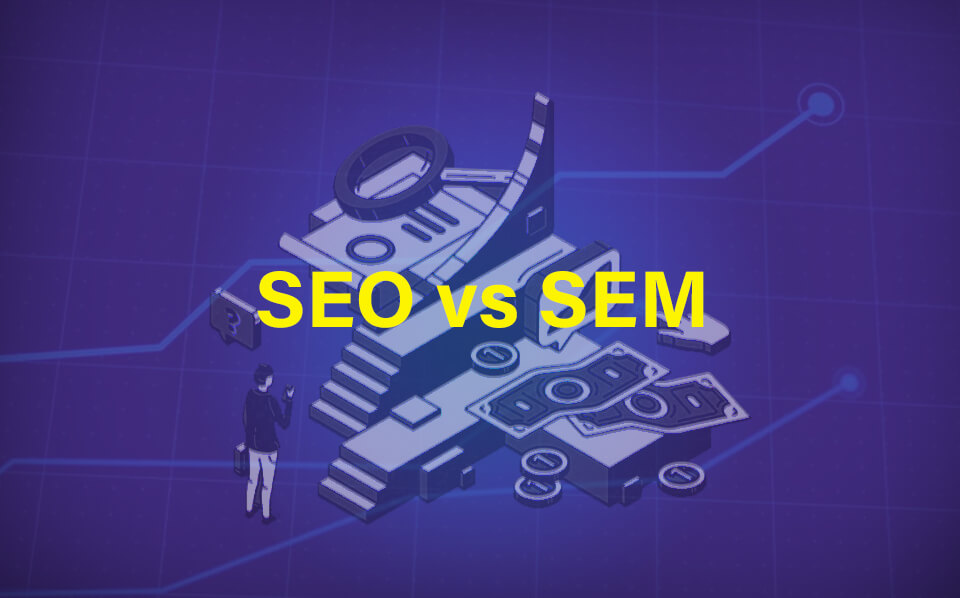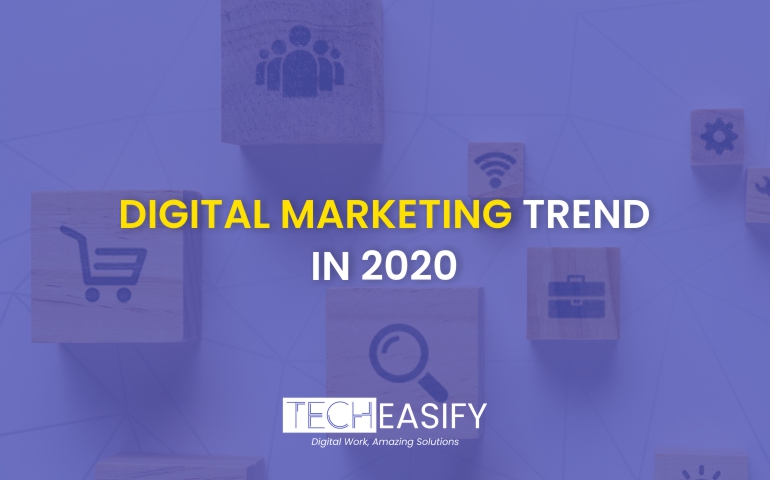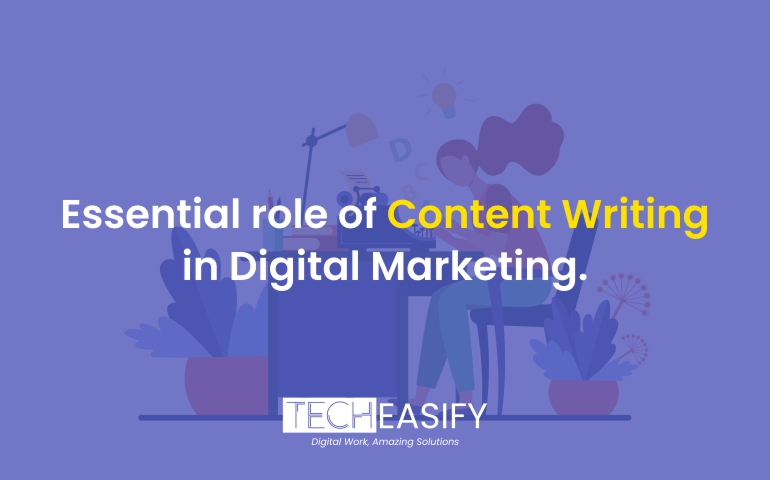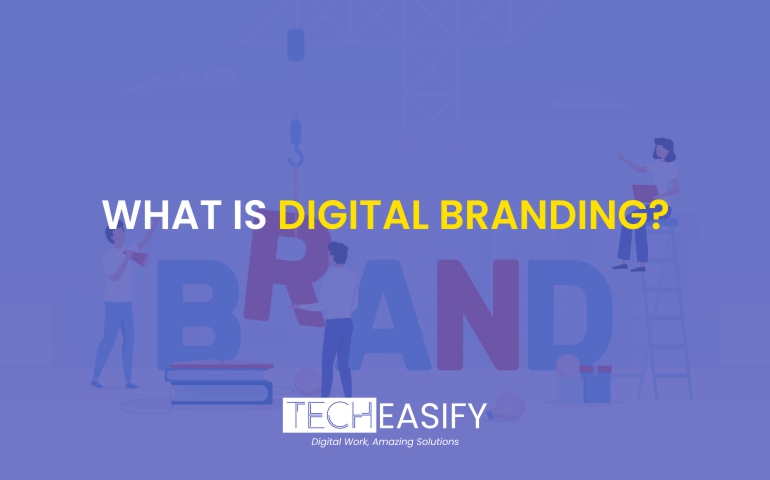
What is SEO?
SEO, short for search engine optimization, refers to the strategic process of enhancing a website or content’s visibility on Google by taking specific measures. The fundamental distinction between SEO and paid advertising lies in the “organic” nature of SEO, where one attains a higher ranking without paying for placement. In simpler terms, SEO involves optimizing online content to secure a prime position on the Google results page when users search for specific queries. Consider this scenario: when an individual enters “vegan lasagna” into the Google search bar, they are likely seeking a recipe complete with ingredients and instructions. If you’ve crafted an article on preparing vegan lasagna, the goal is to ensure that your content surfaces above competing websites when users conduct this search. While achieving this ranking isn’t a straightforward task, it encapsulates the essence of SEO marketing. To delve further into the significance of SEO, consider that a staggering 89 billion people visited Google.com in May 2022 alone. This statistic underscores the missed opportunities for engagement if your content isn’t optimized for search. The essence of this article lies in demystifying the intricacies of search engine functioning. By the conclusion, you’ll possess a comprehensive understanding of how searches operate, enabling you to optimize your content effectively and secure higher rankings on Google, consequently attracting more attention to your posts.
What is SEM?
Search Engine Marketing (SEM) constitutes a digital marketing approach employed to enhance a website’s presence within search engine results pages (SERPs). Previously encompassing both organic efforts like Search Engine Optimization (SEO) and paid methods, the industry term now predominantly signifies paid search advertising. Alternately known as paid search or Pay-Per-Click (PPC), SEM encapsulates the strategic use of paid campaigns for heightened online visibility. Some of the examples for SEM are as below:
- Pay-Per-Click (PPC) : As the name itself defines it, it works on a per-click costing mechanism, that is whenever someone clicks on the ad, the advertiser will be charged on a per-per-click basis. The most commonly seen platform for PPC is Google Ads.
- Shopping Ads: Specifically for e-commerce, these showcase product listings, including images and prices, often displayed prominently in search results.
- Remarketing: Targets users who have previously visited a website with tailored ads to re-engage and encourage further interaction.
- Local Search Ads: Tailored for businesses with physical locations, these ads appear in local search results and on mapping platforms to drive foot traffic.
- Video Ads: Utilizes video content for advertising, often seen on platforms like YouTube.
- Social Media Advertising Integration: Involves using paid advertising on social media platforms, leveraging their extensive user bases.
- App Advertising: Targets users through ads within mobile applications to drive app installations or in-app actions.
Let’s understand the Key Differences between SEO and SEM
Aspect | SEO (Search Engine Optimization) | SEM (Search Engine Marketing) |
Nature of Traffic | Organic, non-paid traffic from search engine results. | Paid and organic traffic from search engine results (paid ads and organic listings). |
Cost Structure | Long-term investment with ongoing efforts for sustainable results. | Immediate costs associated with paid advertising, such as Pay-Per-Click (PPC). |
Time Frame | Takes time to see noticeable improvements, often months. | Provides instant visibility; ads can appear as soon as the campaign is activated. |
Sustainability | Builds sustainable online presence over time. | Sustains visibility only as long as the advertising budget allows. |
Click-through Rates | Generally lower compared to SEM. | Often higher due to prominent ad placement. |
Objective | Enhancing organic search rankings and visibility. | Increasing visibility through both paid and organic methods. |
Methods | On-page and off-page optimization, content creation, and backlinks. | Paid advertising methods like PPC, display ads, remarketing, etc. |
Cost Effectiveness | Cost-effective over the long run. | Immediate costs with potential for higher short-term ROI. |
Visibility | May take time to achieve high visibility in search results. | Immediate visibility through paid ads. |
Control over Results | Limited control over how search engines rank your site. | Direct control over ad placements and targeting. |
SEO vs SEM – What is the best fit for you?
The response to this question is straightforward but contingent on several factors (despite our reluctance to provide a seemingly non-specific answer to an SEO-related inquiry). Several considerations play a pivotal role :
- Specific Goals : Your choice between SEM and SEO hinges on your immediate objectives. If you aim to swiftly drive traffic for a sale, test a new offer, or revitalize a slow month, SEM is the preferred option. However, if your goal is long-term growth, SEO might be the most suitable choice.
- Existing Performance : If you already enjoy robust organic visibility, incorporating SEM can serve as a valuable supplement, providing additional exposure and opportunities.
- Margins : Analyzing your margins is crucial. In cases where high click costs and low product margins make SEM less cost-effective, SEO emerges as the channel likely to yield stronger returns. Utilizing the PPC keyword tool to estimate CPC (cost-per-click) and understanding the necessary conversion rate for profitability is recommended.
- Customer Lifetime Value (LTV) : Considering the lifetime value of your customer is vital in the SEM-SEO decision-making process. Higher LTV may justify the increased click costs associated with SEM, while a lower LTV might position SEO as a more robust strategy.
In essence, the suitability of SEM or SEO depends on a nuanced evaluation of your immediate goals, current performance, financial considerations, and the long-term value associated with your customer base. Crafting a strategy that aligns with these factors ensures a more tailored and effective approach to your digital marketing efforts.
Factors to consider when choosing between SEO and SEM
| Factor to Consider | SEO (Search Engine Optimization) | SEM (Search Engine Marketing) |
| Keyword Targeting Precision | Precision in targeting specific keywords for organic ranking. | Immediate targeting of specific keywords through paid advertising. |
| Adaptability to Changes | SEO strategies may take time to adapt to search engine algorithm changes. | SEM allows for quick adjustments and immediate responses to trends. |
| Local vs. Global Targeting | Local SEO is effective for businesses targeting a specific geographic area. | SEM can be more precise for local targeting with location-based ads. |
| Ad Testing and Optimization | Testing and optimizing content for better performance is an ongoing process. | SEM allows quick A/B testing of ad copies and landing pages for optimization. |
| Data and Analytics Availability | In-depth analytics are available, but results may take time to reflect. | Real-time analytics for immediate assessment of ad performance in SEM. |
| Content and Engagement Focus | SEO often emphasizes quality content for user engagement. | SEM focuses on ad quality and relevance for immediate user interaction. |
| Brand Authority Building | SEO contributes to building brand authority over the long term. | SEM can establish a brand presence quickly through paid visibility. |
| Social Media Integration | Social signals from platforms like Facebook can impact SEO rankings. | SEM often integrates with social media platforms for cross-channel promotion. |
| Targeting Specific Demographics | Limited demographic targeting compared to SEM. | SEM allows precise targeting based on demographics, interests, and behaviours. |
| Long-Term vs. Short-Term Impact | Long-term impact on organic rankings with sustained efforts. | Immediate impact on visibility, suitable for short-term promotional goals. |
In conclusion, the choice between SEO and SEM hinges on a multitude of factors, each carrying its unique weight in shaping a digital marketing strategy. While SEO offers long-term sustainability and brand building, SEM provides immediate visibility and adaptability to short-term goals. Ultimately, a judicious blend of both, tailored to the specific needs and objectives of a business, can unlock a synergistic approach, maximizing online visibility and driving results in the dynamic landscape of search engine marketing.




